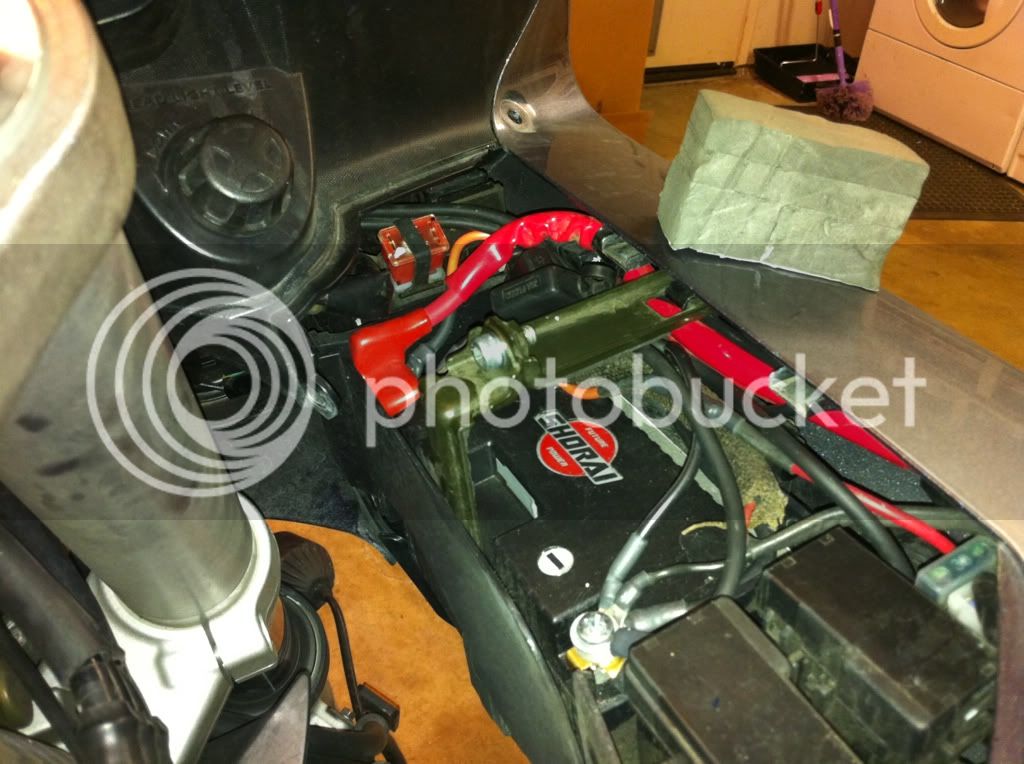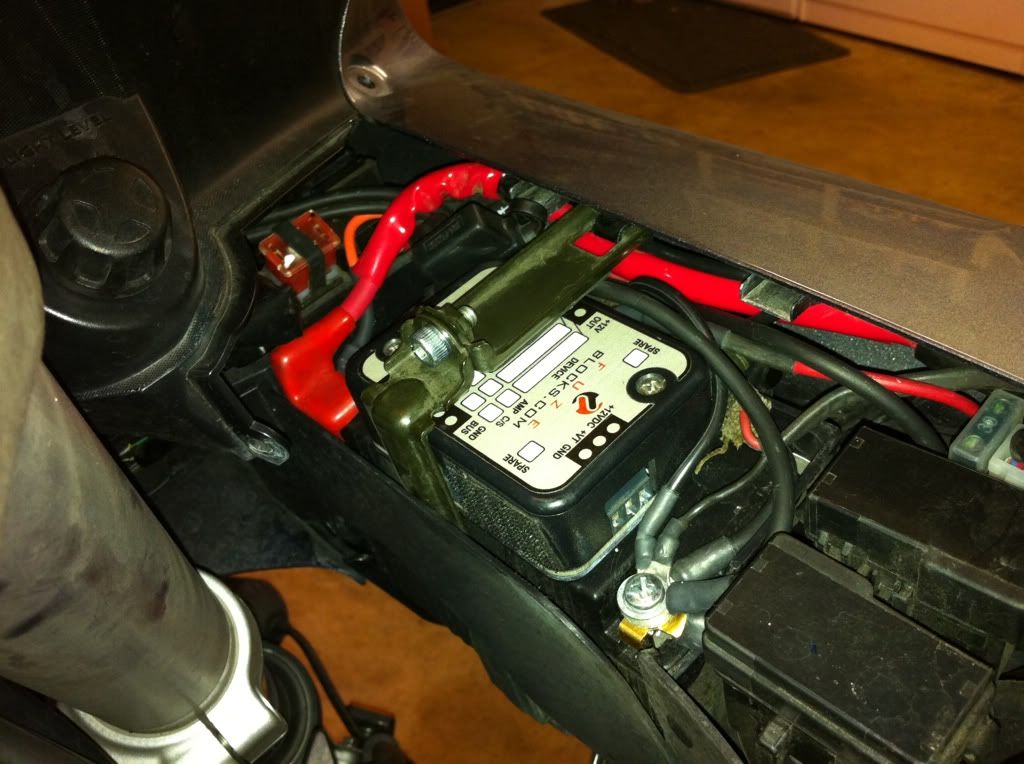olsonm3915
Well-known member
Just in case anyone cares, I have a couple of charger/maintainers in addition to an old-style "dumb" battery charger, and wanted to find out if either of the "smart" ones had a de-sulfation mode, which would make them unsuitable to use with the Shorai Lithium-Iron batteries.I have an Optimate charger as well, and as I understand it , it has the automatic desulfation mode that Shoria says not to use.Very good thread.
However, I wonder if my OPTIMATE charger automatically desulphates every time it tends??? I thought it did that only when detecting a sulphated battery. Too bad for me if it does...cuz this new battery is very intriguing.
#1: Schumacher Battery Charger/Maintainer — 1.5 Amp, Model# SEM-1562A

According to the Manual #: 00-99-000922-1009 for # SEM-1562A, this charger DOES have a de-sulfation mode, so it should NOT be used with a Shorai Lithium-Iron battery. But I do like this charger, it seems well made and works fine for topping up conventional and AGM/VRLA batteries.
#2: Battery Doc Rainproof Battery Charger SDS012-0002(P)

I spoke to Tim in WirthCo Engineering's customer service and asked if this device had a de-sulphation mode. He told me it did not, and started to tell me about their other models that did have that feature. He was surprised when I told him I did NOT want de-sulphation, and asked why. He had not heard of Shorai but was very interested in their batteries and said he would check their website out and get back to me. I won this little charger at an engineering trade show, and I have had occasion to call them with technical questions a couple of times now. I can say I recommend them highly, they have been helpful and willing to dig into questions like this and call me back- a rarity in today's world where companies can't wait to get rid of you on the phone. Maybe it's because they are a nice Minnesota based company.
After all that, more to the point- ask yourself if you really need a battery maintainer at all. In fact, with AGM or VRLA batteries, I generally find that they do not need a battery maintainer for storage during the cold winter months, due to their superior self-discharge characteristics compared to conventional batteries (check out
Yuasa's very good technical manual to see why). If your bike has accessories or an alarm that drains the battery your experience will vary. If I do buy one of the Shorai batteries I very much doubt I will need to use a battery charger on it, ever. Hopefully this information will be helpful to someone.
Yuasa's very good technical manual to see why). If your bike has accessories or an alarm that drains the battery your experience will vary. If I do buy one of the Shorai batteries I very much doubt I will need to use a battery charger on it, ever. Hopefully this information will be helpful to someone.
From Shorai's FAQ:
Q. Should I use a battery tender?
A.The short answer is "only if you really need to". Most powersports enthusiasts have gotten used to hooking up a tender to their lead-acid batteries, all the time. Shorai LFX have much slower self-discharge than the best lead acid do (1/6 to 1/7, on average), they do not sulfate as capacity drops, and they are the ultimate "deep cycle" battery, which means that they can still crank your vehicle even if the remaining capacity is quite low. Therefore most riders will not need to use a tender at all. Even a charger or tender uses energy you have to pay for, and there is always the possibility that a charger or tender can fail in some way, so if not really needed the best practice is to not use one.
A fully charged LFX can sit for a year or more and still retain adequate starting capacity, without damaging the battery. As such, any vehicle which has no current flowing when the key is OFF should never need a tender. At most it should be charged every 6 to 12 months, depending on the average storage temperature (cool storage is much better for any battery). Many older vehicles and most dirtbike/atv fall into this category.
Newer vehicles may have a significant draw even when the key is OFF, to maintain clocks and computers, etc. In this case we expect that a few hours of riding per month will be all that is needed to avoid tending. If you know that you will go a number of weeks or months without riding, you can either attach a tender, or disconnect the negative cable from the battery. In any case, during storage you may use the voltage chart above and an accurate voltmeter, and consider recharging when the battery is around the 50% capacity remaining mark, or above.






























![fjackets Real Lambskin Leather Biker Jacket — Quilted Cafe Racer Zip Up Moto Leather Jackets For Men | [1100085] Johnson Brown, XL](https://m.media-amazon.com/images/I/41I7Pm1f+vL._SL500_.jpg)


































